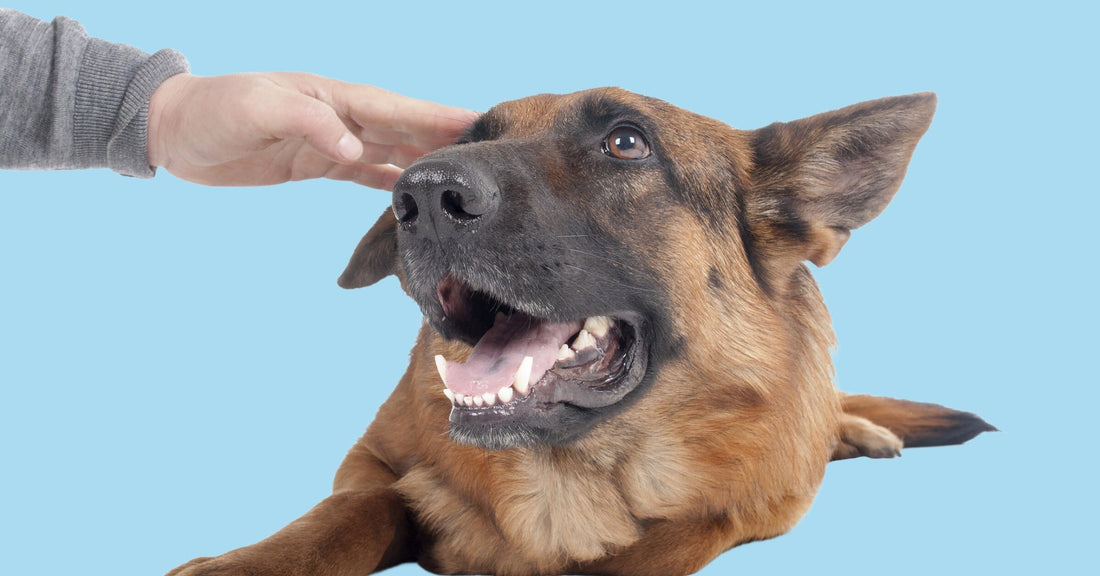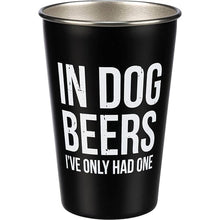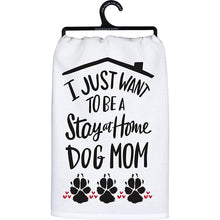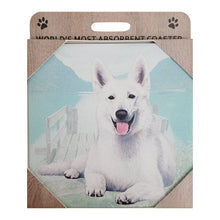German Shepherd Health Check: Monthly Wellness Routine For A Happy and Healthy Dog

One of the best ways to ensure your German shepherd lives a healthy life is to be proactive about their health. It’s far easier to prevent or resolve health problems when they’re detected early on.
One way you can do this is to perform a monthly health check. Monthly health checks are essential to catching potential issues before they get serious while giving you and your dog a chance to spend some quality time together.
One of the easiest ways to remember to perform the monthly health check is to put it on the calendar. Make it a priority in the same way you dispense their flea, tick, and heartworm prevention or buy dog food.

Some of the monthly health checks you can perform on your dog include:
Give a Physical Exam
Check out your dog’s body from nose to tail. Run your hands gently but firmly over their body checking for changes, wounds, or irritations. Check over their entire body feeling for lumps, bumps, tender spots, swelling, and any other changes.
Check the belly for lumps and bumps. Inspect the nipples (mammary glands) on both males and females. On males, be sure the penis and sheath is free of redness and discharge. Same for the vulva on females.
Feel their Heart Beat
While your dog is calm and relaxed feel your dog’s heartbeat. You can do this by putting your hands on both sides of the chest and feeling the heartbeats. You’ll soon be able to determine what feels normal for your dog, but most heart rates are between 70-120 beats per minute and respirations should be effortless.

Inspect their Skin and Coat
Inspect the skin and coat to be sure it’s healthy and free of foul odors, dryness, irritation, abrasions, cuts, oozing, hot spots, moles, oiliness, or other skin changes. This is also a good time to brush your dog with a de-shedding tool and remove any mats from the fur.
Look for Fleas and Ticks
Be sure your dog is free of any signs of fleas and ticks. If it is time, give them their monthly preventative and order refills from the vet, when needed.
Check their Body Score Condition
While you do your physical exam, make note of their body score condition by feeling their ribs and spine. Notice if they have gained or lost any weight for no apparent reason. Get familiar with the Body Score Condition System to ensure they’re at a healthy weight.
Sudden weight loss or gain can indicate your dog has an underlying health problem. So, if you’ve ruled out that their caloric intake or activity level hasn’t changed and you have concerns about their weight, it is probably a good idea to make an appointment with your vet.

Evaluate their Nutrition
Take a moment to consider their nutritional needs. Did you notice anything in the physical exam that might indicate they need a diet adjustment, such as dry skin? Is it time to add a supplement? Would a lower or higher-calorie food be beneficial based on their current activity level?
Examine their Teeth and Gums
If you don’t brush your dog’s teeth, be sure to at least check their teeth and gums monthly. Notice if they have bad breath, tartar buildup, broken teeth, discolored teeth, wounds, cysts, signs of infection, or changes to the tissues in the mouth. The gums should be pink and free of bumps and ulcerations. Make sure there is nothing caught in their teeth. Feel under the jaw looking for lumps and bumps.
Check the Ears
Look inside your dog’s ear and notice if there is any foul odor, redness, discharge, swelling, signs of ear mites, discomfort, or signs they’ve been scratching their ears. This is also the perfect time to clean their ears with a self-drying ear cleaner and soft wipes.

Look at their Eyes
Take a careful look at your dog’s eyes and check for changes. Notice if there’s any discharge or cloudiness. The whites should be white not yellow, red, or bloodshot. The lids should not be turned up. Check the lens for scratches, abrasions, or small holes. Ensure the area around the eyes looks normal and there isn’t any swelling.
Be Nosy
Take a look at their nose. It should be free of crust, dryness, sores, and discharge,
Handle their Paws
Handle their paws to ensure they aren’t more sensitive than normal, red, irritated, that there isn’t anything growing between their toes, and that there’s no sign of injury. Notice if they need a nail trim and take care of it at the same time.
Assess their Mobility
Watch your dog sit and stand and notice if they have any problems or are favoring any limbs. Take them outdoors to observe their gait and mobility. Be on the lookout for any limping, stiffness, difficulty in movement, shortened gait, or any other changes, which could indicate illness, injury, joint issues, or pain.
Observe their Behavior

Take a moment to consider your dog’s behavior. Have there been any recent changes to their activity level, overall energy, mood, appetite, fluid intake, sleeping patterns, interest in normal activities, avoiding normal activities, or bathroom breaks? If so, all of these are subtle signs that they could be unwell.
Check the Environment
• Be sure your dog is safe at home by checking out the environment to try to prevent accidents. Things to look for include:
• Check the yard for hazards.
• Be sure your fence is in good shape, your dog isn’t digging holes, and gates are secure.
• Look for anything that can cause injury, is broken, sharp, toxic, and all other hazards busy German shepherds would get into and throw or put away.
• Look at their toys and food dishes and throw away anything that is broken or no longer safe.
• Be sure your dog food isn’t expired and is stored in a clean, dry, climate-controlled space.
• If you’re not the one that cleans up after the dog, inspect their poop to be sure it looks normal.
You know your dog better than anyone. No doubt, you are the first one to notice when something seems off. Identifying potential problems makes them easier to remedy so be proactive about your dog’s health and speak to your vet about any and all of your concerns.
We hope you found this information helpful. As always, please feel free to share with your friends.
You might also like: From Bonding to Health: The Benefits of Regular At-Home Dog Grooming
























